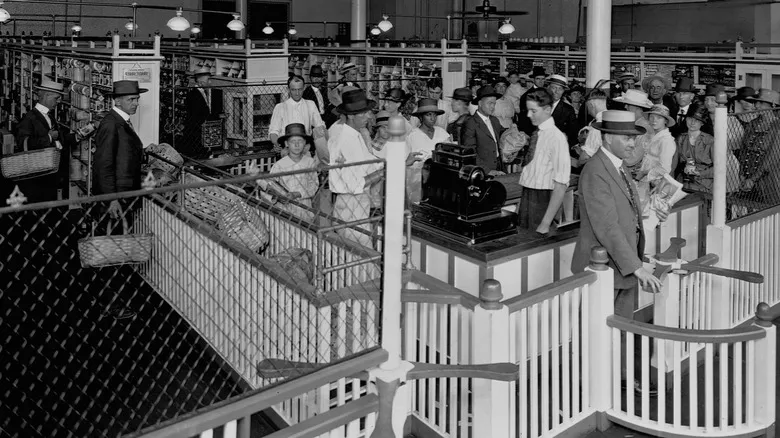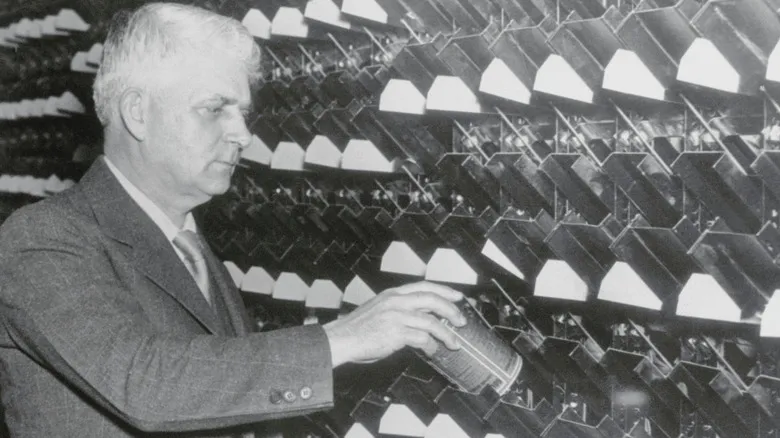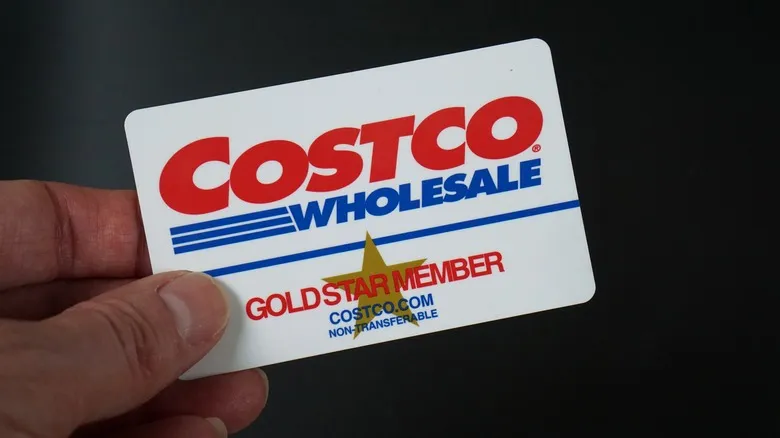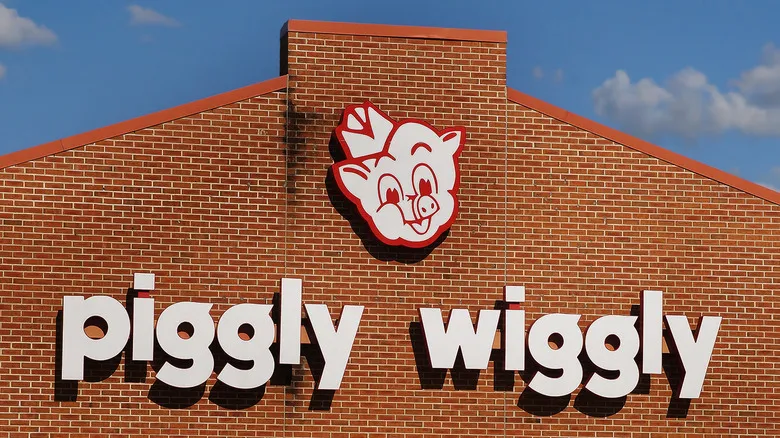How it worked

Shoppers at Piggly Wiggly encountered a grocery shopping experience unlike any they had known before. Turnstiles at the entrance guided them along a seamless route through the store, lined with open shelves filled with a variety of products. After completing their purchases at the cash register, another turnstile facilitated their smooth exit. While staff members in uniforms were present to restock the shelves, it was ultimately the customers' responsibility to select their own items.
In creating Piggly Wiggly, Saunders considered consumer behavior and strategically placed impulse items, like candy, near the checkout area. The continuous layout of the store managed foot traffic and encouraged shoppers to move toward the register, all while enticing them with visible products along their path. With an abundance of options available, branding became crucial, as products needed to differentiate themselves to capture shoppers' interest. Piggly Wiggly not only transformed the shopping process but also altered customers' perceptions of the products.
Among the many innovations introduced by Piggly Wiggly were wooden shopping baskets for carrying items and price-marked goods to simplify selection. The cost-saving decision to eliminate clerks who traditionally assisted with shopping allowed for lower prices, attracting customers eager for both affordability and the freedom to choose their own products.
What happened next

Within a year of its launch, nine Piggly Wiggly stores had opened in the Memphis area, and Saunders obtained patents for the store's layout, merchandise price tags, and printed cash register receipts. Hundreds of franchises were established, and by 1923, the chain boasted 1,268 locations and was listed on the New York Stock Exchange.
Clarence Saunders never provided a clear explanation for his choice of the name "Piggly Wiggly," but his hesitance to clarify may have been a strategic marketing tactic. According to the company's website, Saunders once mentioned that he selected the name to prompt people to ask that very question.
Throughout the 1920s, the self-service shopping model became the norm, with King Kullen opening its first supermarket in Queens, New York, in 1930. However, by that time, Saunders had already faced significant setbacks, resigning from his company and declaring bankruptcy due to a series of poor business choices. Nevertheless, he continued his entrepreneurial pursuits and later introduced two innovative grocery shopping concepts, both with intriguingly catchy names: Keedoozle, a fully automated grocery market inspired by vending machines, and Foodelectric, an early version of self-checkout. Ultimately, Keedoozle proved unprofitable, and Foodelectric never came to fruition.
Recommended

The First Thing You Should Do When You Open A Costco Card

The Reason Your Grocery Store's Dairy Aisle Is In The Back Left Corner

The Biggest Mistakes You Make While Buying Seafood According To A Fishmonger

2 Label Clues To Find The Best Butter At Your Grocery Store
Next up

